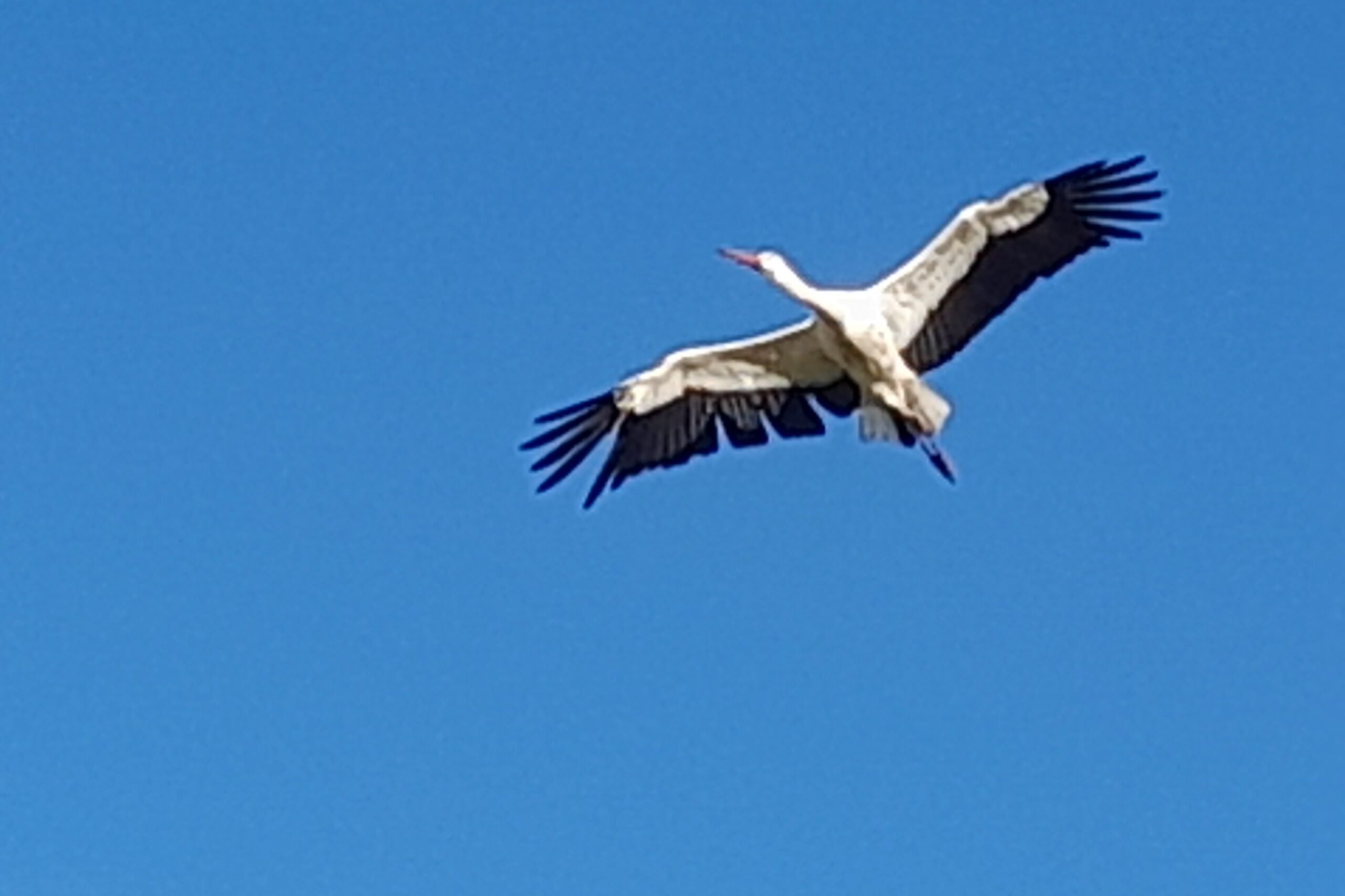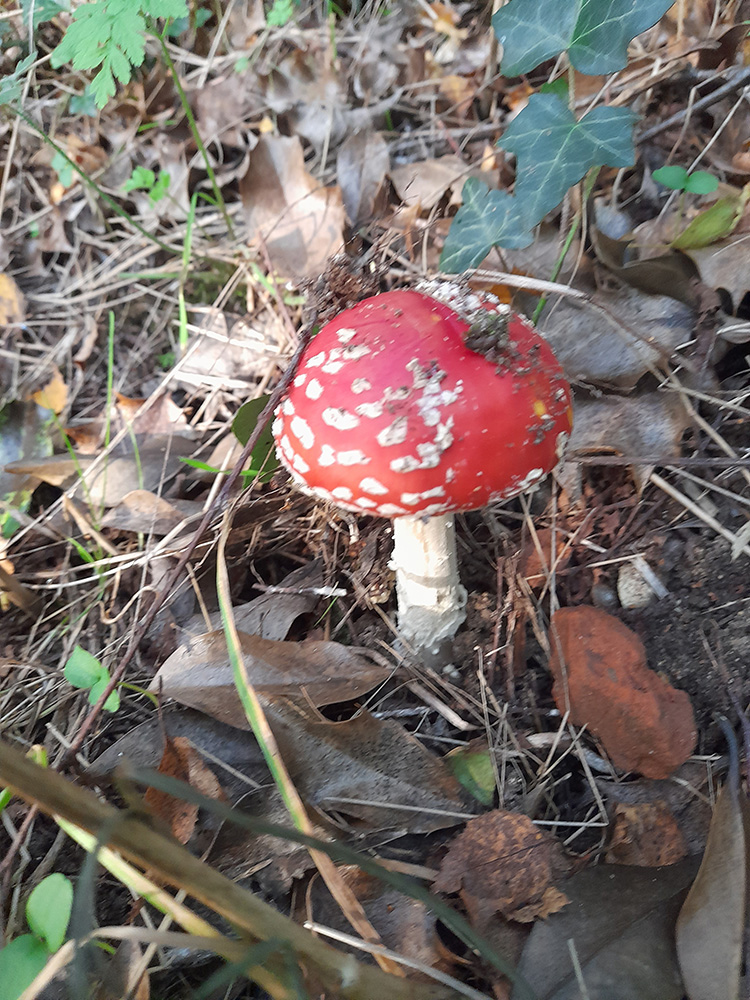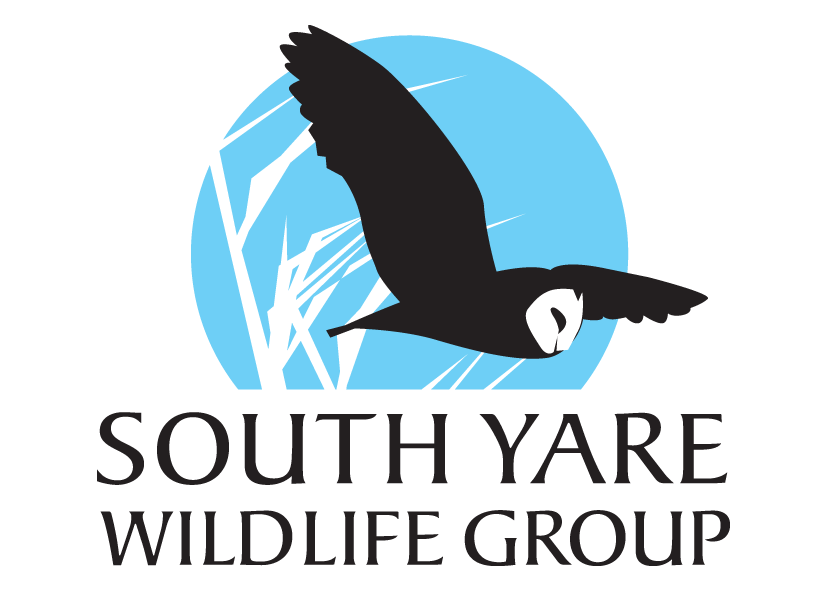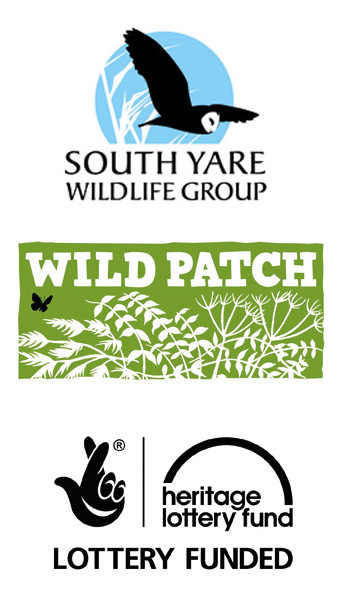
There have been a few noteworthy sightings over recent weeks in the Yare Valley. Have you spotted any of these?
A second stork at Rockland St. Mary
A stork was seen in October feeding on the grazing marshes adjacent to Rockland Broad. At first we thought it may be the return of Doris from the White Stork Project in Sussex, who roosted on a chimney pot in Rockland last year. However, when I (Peter) managed to take a photo and send it to them there was no distinguishing yellow leg rings, so this was a different stork.
It is thought it may have been an escape from Northamptonshire, but whatever its origin, the presence of 2 storks in successive years demonstrates that the area around the Yare Valley is suitable habitat for them, if ever they were to re-colonise.
Deceased wild polecat
A dead polecat was found recently on a roadside verge in Rockland St. Mary, probably the victim of a collision with a vehicle.
On close examination of its markings, it was positively identified as a genuine wild polecat and not a hybrid ferret/polecat. Polecats were until recently missing as a wild species in East Anglia and have only started to re-colonise Norfolk in the last 10 years. At the turn of the last century, widespread persecution across Britain had meant they were confined to Wales and the far north of Scotland, but slowly they have started to spread back across their former habitats.
There have been reports of polecats being seen locally and although it is sad that this individual was killed on the road, possibly it is an indication that there is now a viable polecat population in the local area.

Toadstools
Autumn is a fantastic time of year to look out for toadstools such as fly agaric (pictured below found at Rockland St. Mary), yellow cap and honey fungus. Visit the Norfolk Wildlife Trust website gallery for more images of fungus found in Norfolk.


